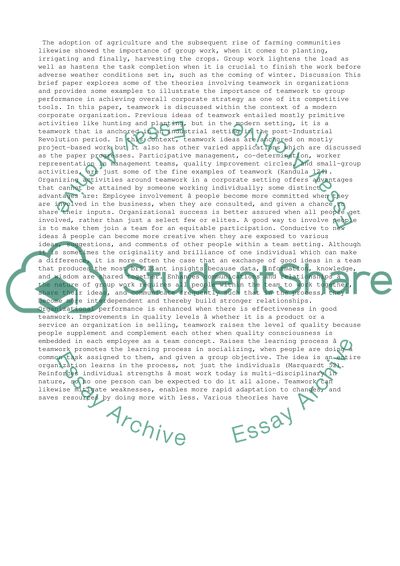Cite this document
(“'Teamwork is a method for organising activities in the workplace that Essay”, n.d.)
'Teamwork is a method for organising activities in the workplace that Essay. Retrieved from https://studentshare.org/management/1465847-ychteamwork-is-a-method-for-organising-activities
'Teamwork is a method for organising activities in the workplace that Essay. Retrieved from https://studentshare.org/management/1465847-ychteamwork-is-a-method-for-organising-activities
('Teamwork Is a Method for Organising Activities in the Workplace That Essay)
'Teamwork Is a Method for Organising Activities in the Workplace That Essay. https://studentshare.org/management/1465847-ychteamwork-is-a-method-for-organising-activities.
'Teamwork Is a Method for Organising Activities in the Workplace That Essay. https://studentshare.org/management/1465847-ychteamwork-is-a-method-for-organising-activities.
“'Teamwork Is a Method for Organising Activities in the Workplace That Essay”, n.d. https://studentshare.org/management/1465847-ychteamwork-is-a-method-for-organising-activities.


